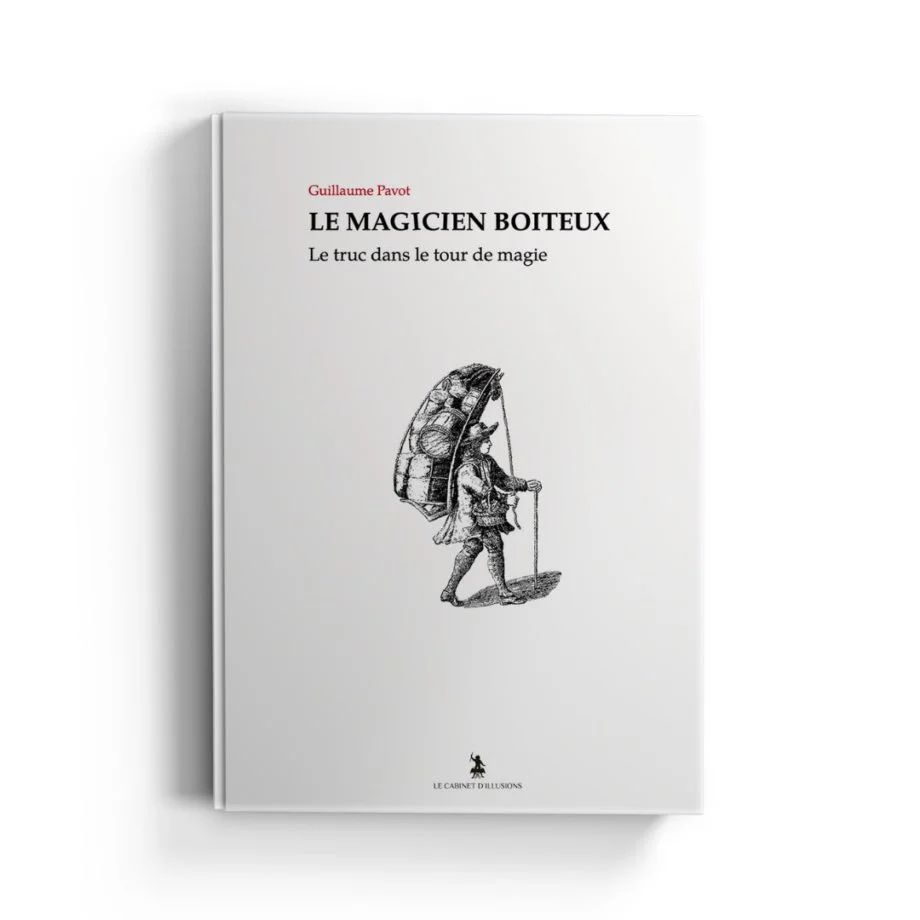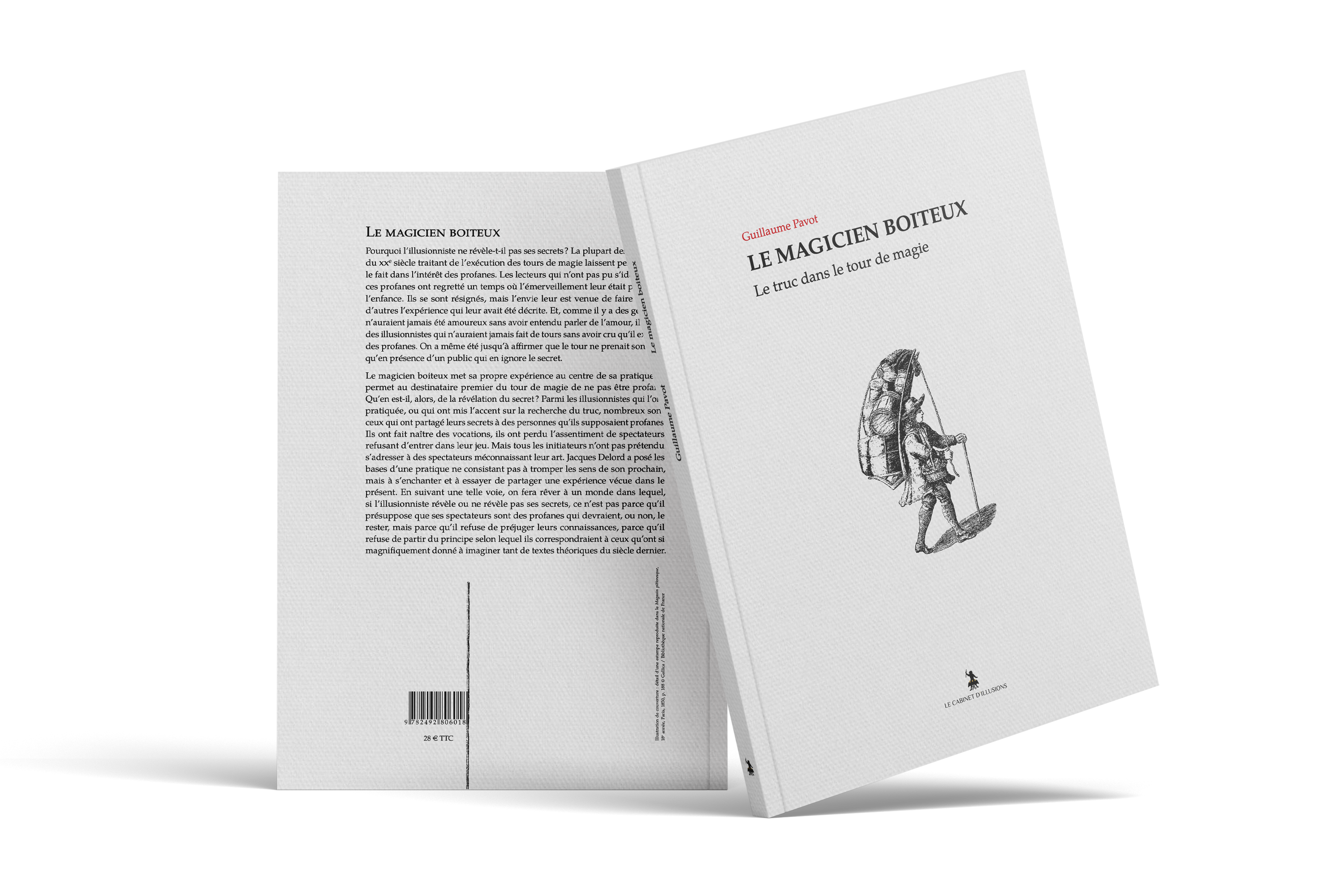The trick in the magic trick
"Why doesn't the illusionist reveal his secrets? Most twentieth-century books on the performance of magic tricks suggest that he does so for the benefit of laymen. Readers who couldn't identify with these laymen missed a time when wonder was possible: childhood. They resigned themselves to the situation, but the desire came over them to let others live through the experience described to them. And, just as there are people who would never have fallen in love without having heard of love, there are illusionists who would never have performed tricks without having believed that lay people existed. Some have even gone so far as to claim that a trick only makes sense in the presence of an audience unaware of its secret.
The lame magician places his own experience at the center of his practice, allowing the primary recipient of the magic trick not to be a layman. What, then, of the revelation of the secret? Among the illusionists who have practiced it, or who have emphasized the search for the trick, many have shared their secrets with people they assumed to be profane. They gave rise to vocations, they lost the assent of spectators refusing to enter their game. But not all initiators claimed to address spectators unfamiliar with their art. Jacques Delord laid the foundations for a practice that did not consist in deceiving the senses of others, but in enchanting oneself and trying to share an experience lived in the present.
By following such a path, we'll be able to dream of a world in which, if the illusionist reveals or doesn't reveal his secrets, it's not because he presupposes that his spectators are laymen who should, or shouldn't, remain so, but because he refuses to prejudge their knowledge, because he refuses to start from the principle that they would correspond to those so magnificently given to imagine by so many theoretical texts of the last century."
The publisher would like to draw the reader's attention to the fact that this book is not intended for magicians wishing to learn turnkey tricks, but rather for those seeking to study the theory behind them in order to better practice them. The explanations given are intended more to provoke thought than to provide a real explanation of the magic trick.
Edition of 100 copies, with laid paper cover



Opinions
There are currently no product reviews.